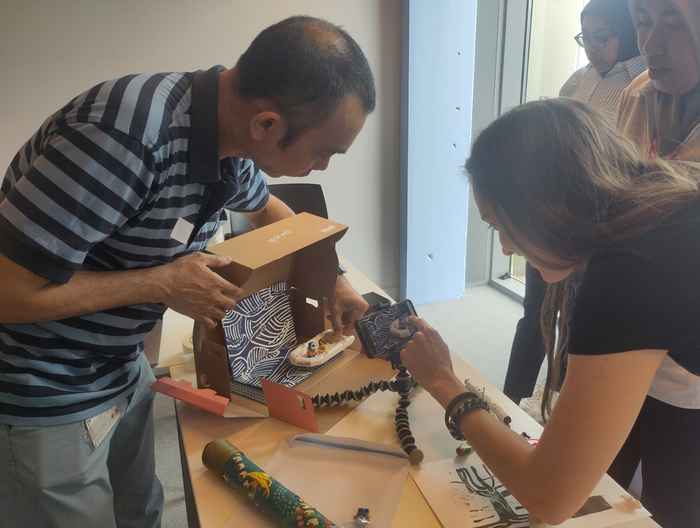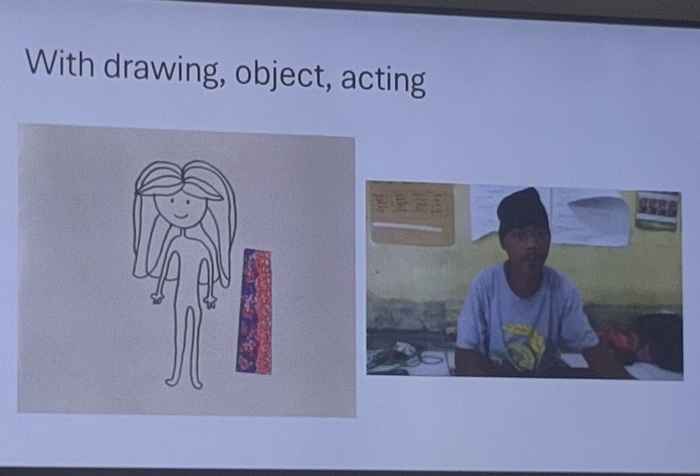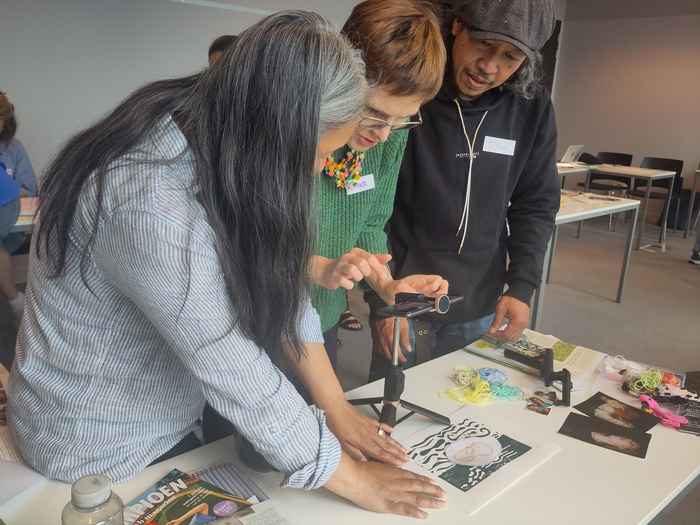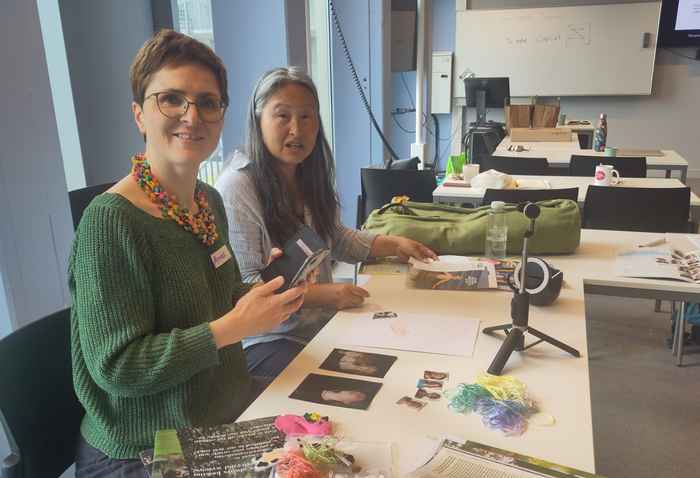Stop-Motion Co-Animation as a Participatory Method
26 June 2025
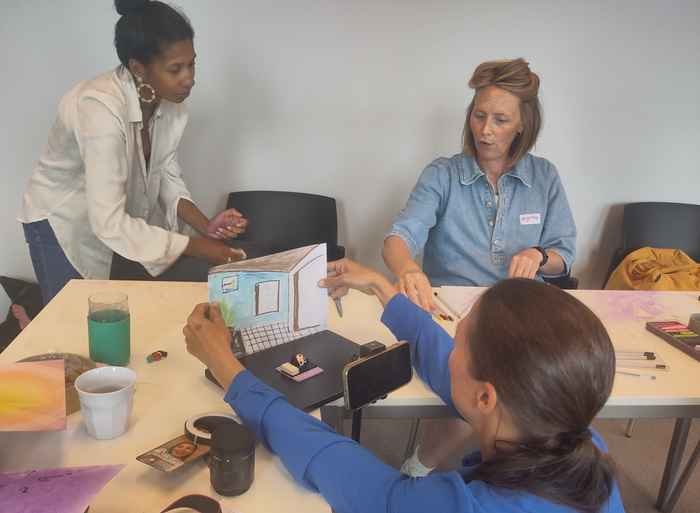
Butet Manurung began the workshop by introducing her work with indigenous populations of hunter-gatherers who reside in the rainforests of Sumatra. Locally, the felling of trees for palm oil plantations pushes the forests back. This brings about rapid changes in the ways of living of these indigenous groups. In her research, Butet focuses on “becoming”, i.e. how children and young people imagine their future.
Stop-motion co-animation films
During her research, Butet discovered that making stop-motion co-animation films offered a great way to have meaningful conversations about her research topic. During the making process, she could bring up topics that one would otherwise not really be able to talk about. Making these animations offered children and young people the space to tell their stories in the ways they wanted, and to go beyond socially desirable answers. The co-animation films that were made, where also shown to the residents of the village. During these screenings, Butet could hear and see how the older people reacted to what the younger ones had made, which added a rich layer of ethnographical material.
Presenting short animations
After this introduction, participants started working on their own animations in groups. As organizers, we were happily surprised by the enthusiasm groups showed in working together and creating an animation – as well as by the end result. Within an hour, four short animations of around 30 seconds could be presented, which were all very different in terms of storyline and the materials and effects used.
Satisfying results
Participants indicated that the creative process provided fruitful insights into why and how people want to tell certain stories. They considered it a promising research method, but also noted that organising and listening to the stories at the same time requires multitasking – and perhaps a co-researcher. No high-tech skills or gadgets are needed for this method, and yet the results after an hour of group work were satisfying. After this introductory workshop, participants were eager to further explore the possibilities of this method. We would like to thank Butet for sharing her experiences, and the participants for their creativity. We look forward to seeing how they will implement stop-motion co-animation in their diverse fields!
